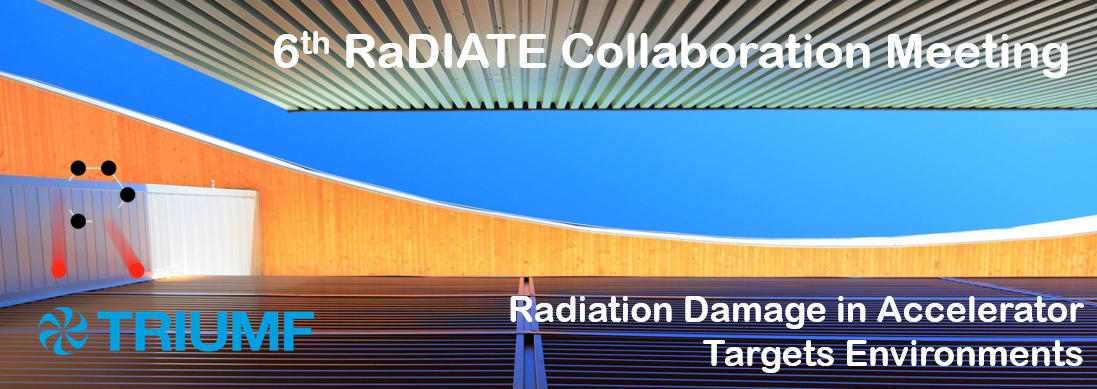Speaker
Mrs
Emily Abel
(Michigan State University)
Description
In preparation for isotope harvesting with a water-filled beam dump at the Facility for Rare Isotope Beams (FRIB), a flowing-water target connected to an isotope harvesting water system has been created and used in preliminary experiments. The target shell was made with a Ti64 alloy through additive manufacturing to reflect the material that is planned for the FRIB beam dump. Experiments with this target have involved low-power irradiations for isotope harvesting with 40,48Ca and 78Kr beams at the National Superconducting Cyclotron Laboratory (NSCL). Recently, a higher-power durability test was performed at the University of Wisconsin-Madison Cyclotron Lab to measure the degradation rate of the target shell material under similar irradiation conditions as those expected at the NSCL and FRIB during isotope harvesting. The flowing-water target was irradiated for several hours with a 5-50 µA proton beam, slowly increasing the beam intensity over time. The 48Ti(p,n)48V reaction, which occurred in the front face of the target shell, was used to measure the degradation rate of the target material. During the irradiation, a small quantity of 48V accumulated in the water and on an anion exchange resin in the water system. This radiotracer indicated a degradation rate of the target wall thickness on the order of 1E-8 µm/J. The implications of this rate on the durability of the target material for isotope harvesting will be discussed.
Primary author
Mrs
Emily Abel
(Michigan State University)
Co-authors
Mr
Colton Kalman
(Michigan State University)
Dr
Greg Severin
(Michigan State University)
Dr
Jonathan Engle
(University of Wisconsin-Madison)
Dr
Katharina Domnanich
(Michigan State University)
Dr
Todd Barnhart
(University of Wisconsin-Madison)
Mr
Wes Walker
(Michigan State University)

